It has been shown that sandstone from Segedunum and Arbeia, originally quarried by the Romans, was reused in the Anglo-Saxon and Anglo-Norman phases at St Paul’s, Jarrow and at St Peter’s, Wearmouth (Wearmouth & Jarrow: Northumbrian Monasteries in an Historic Landscape by Sam Turner, Sarah Semple, Alex Turner, 2013). Perhaps that used in St Nicholas' Cathedral had a similar origin.
In January 1837, James Hall, agent to Charles Blackett the owner of Wylam Colliery, wrote a letter to the latter mentioning an application from George Bates (of Aydon) to lead stone over the Wylam Waggonway, from the Heddon Colliery connection, to Lemington staiths.
'A company of London Gentlemen' had taken the Heddon Quarries with a view to sending 'a good many stones to London'. Presumably these would have been taken by cart from the quarries west of the village to and down the steep lane that joined the village with Heddon Colliery and Brickworks where Bates would have them loaded onto waggons to be conveyed by the Wylam locomotive on one of its daily journeys to and from the staiths. Agreement was reached on charges and movement began in March [1837].
In the advert below, Heddon Stone is specifically mentioned in the building of the Royal Arsenal in Woolwich New Foundry and at Croydon Railway Station house, London Bridge.
Trade Secrets. A collection of practical receipts for the use of sculptors, modellers, stone masons .... compiled and edited by J. B. Robinson (1862) p.23 describes:
Heddon Sandstone — Light brown ochre, used for the Grey Monument at Newcastle. Price 6d. to 10d. per foot. Address Mr. William Pearson, Heddon-on-the-Wall, Newcastle-on-Tyne.
Pennine Lower Coal Measures sandstones from the Common at Heddon-on-the-Wall were used in the construction of Newcastle Central Station in 1850. Stainmore Formation sandstones were quarried at Heddon House and Botany Bay Plantation quarries (Building Stone Atlas of Northumberland, English Heritage, 2012).
Alan Clothier records that a railway serving it is shown on plans of the Newcastle & Gateshead Water Company in 1888 and 1889. The company's main interest would have been the Throckley Aqueduct which runs in a huge metal pipe around the west side of the quarry. The aqueduct was constructed in 1866 and its original line appears to have been adjusted by development of the quarry.
There is a report of an accident at the quarry in March 1879 in which three men were injured by gun-powder in the section on quarrying on this site.
... the substantial masonry bridge constructed to carry the earlier private road and bridleway to the east side entrance of the Close House estate over the quarry railway remains an enduring testimony to the quality work of the stone masons who built it. In appearance it seems quite out of character with the nature of the country lane which crosses it. Has it, we wonder, been listed?

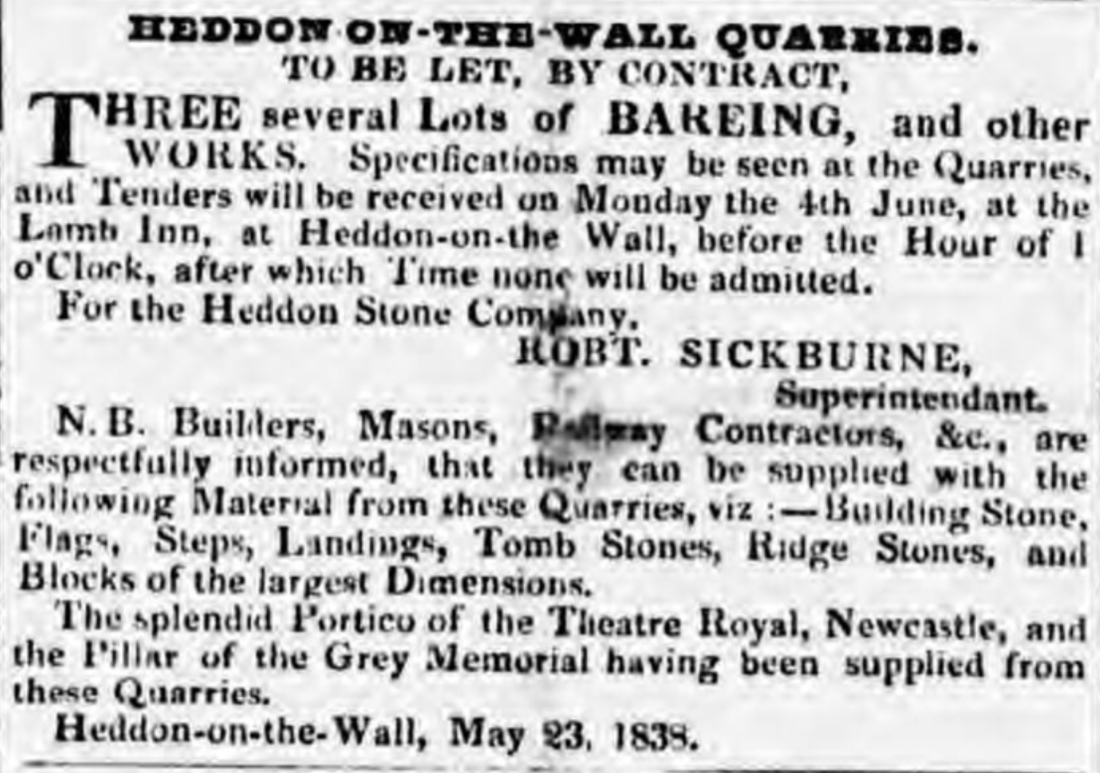
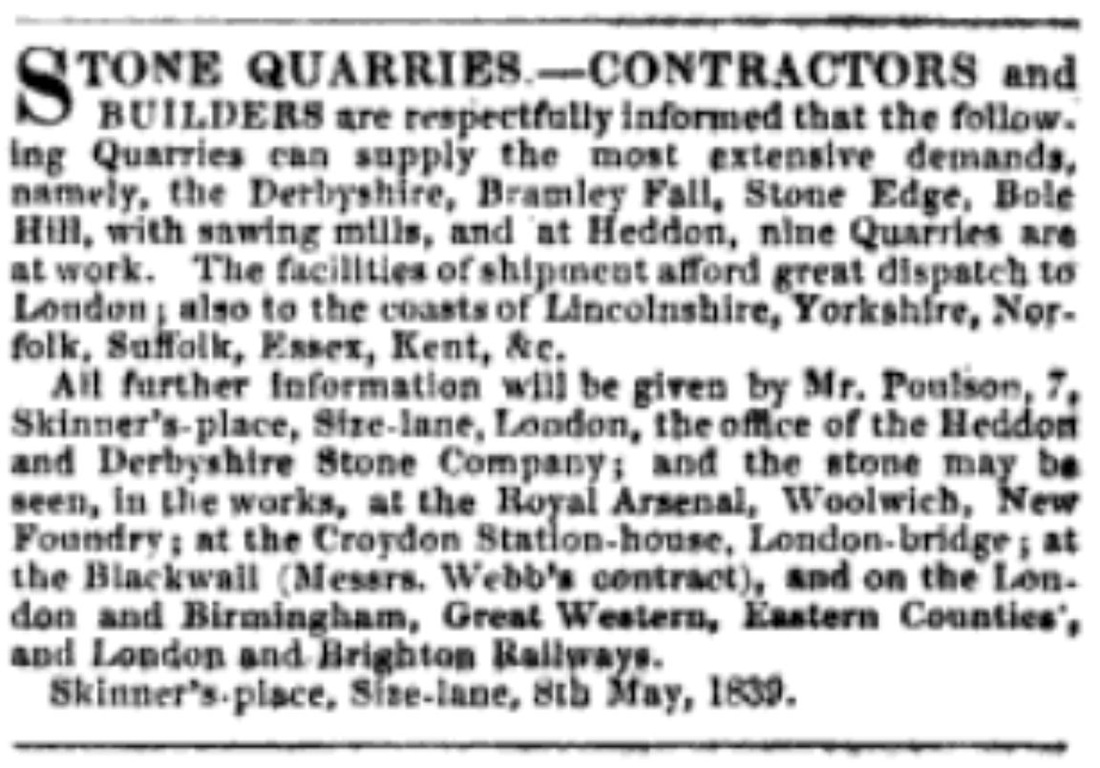
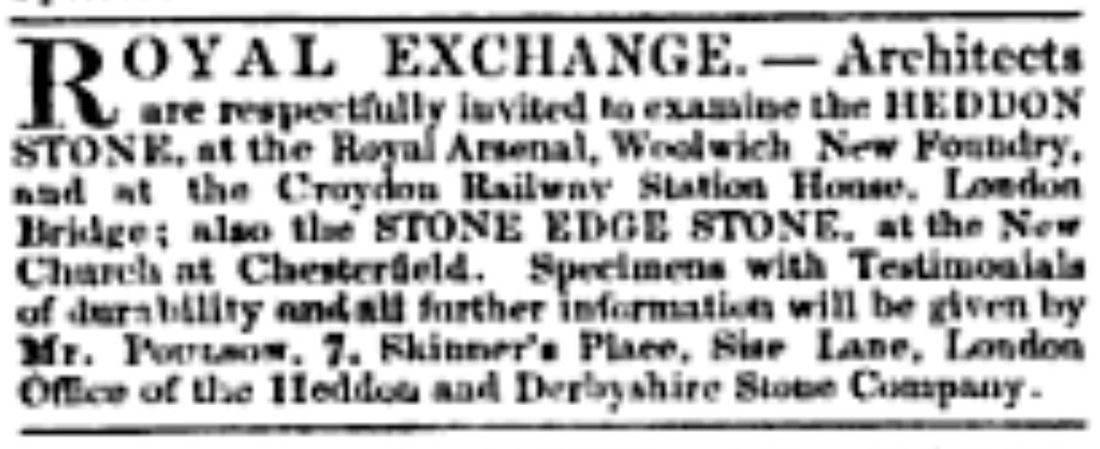
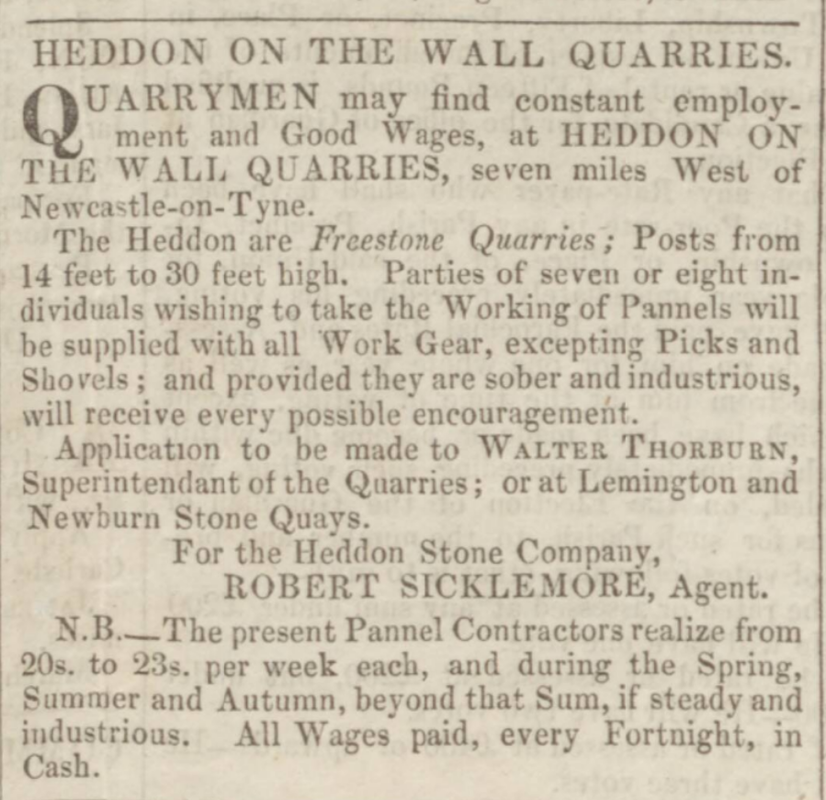
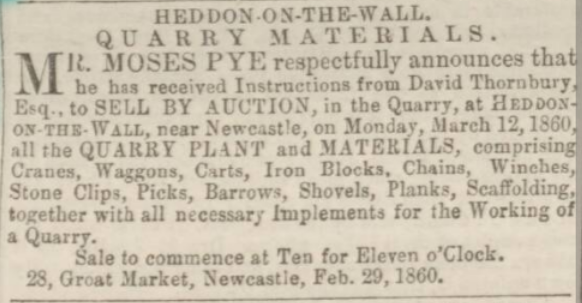
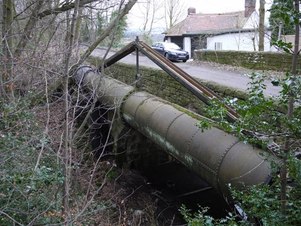
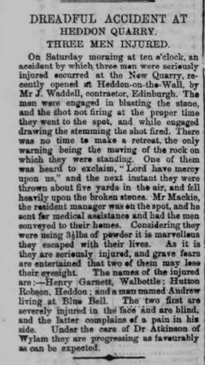
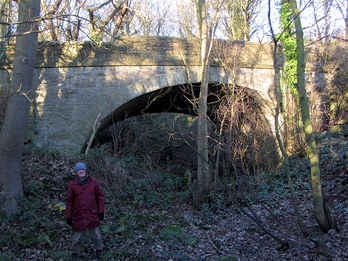
 RSS Feed
RSS Feed
